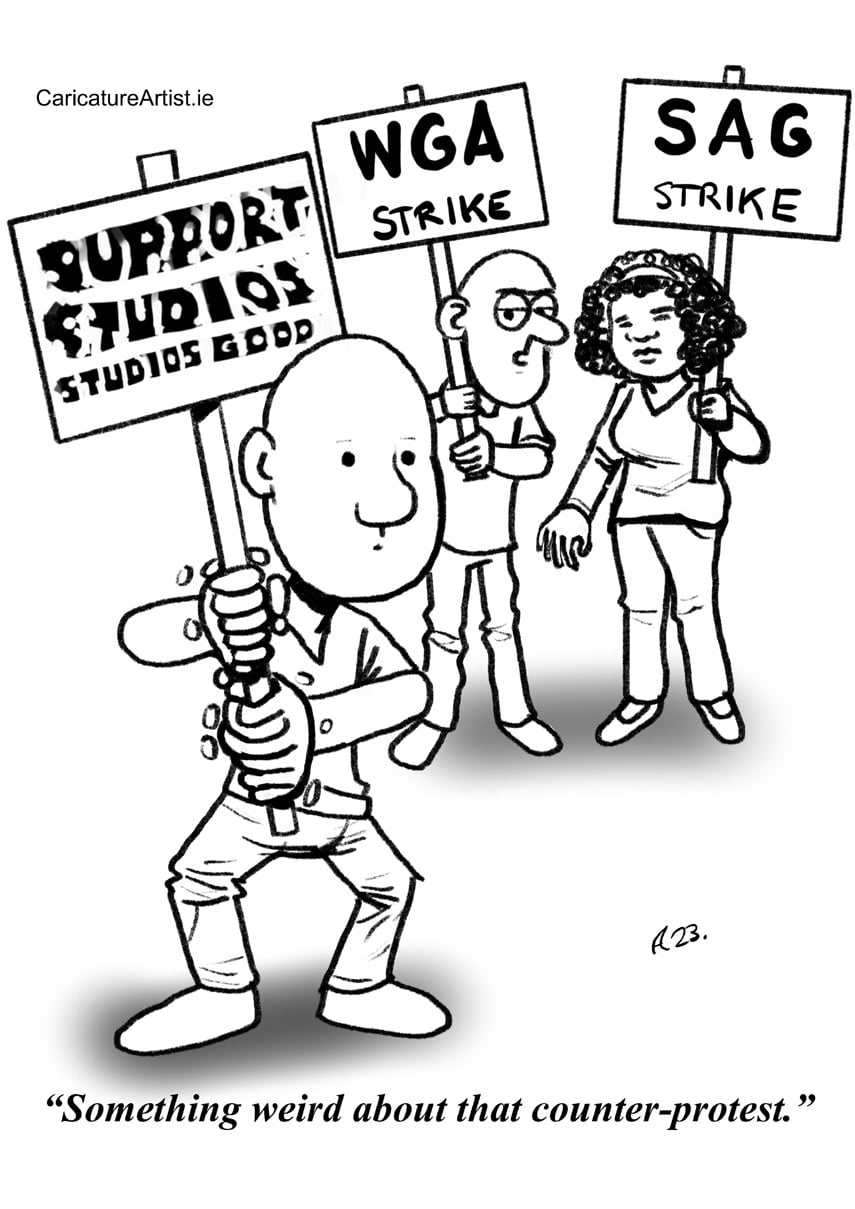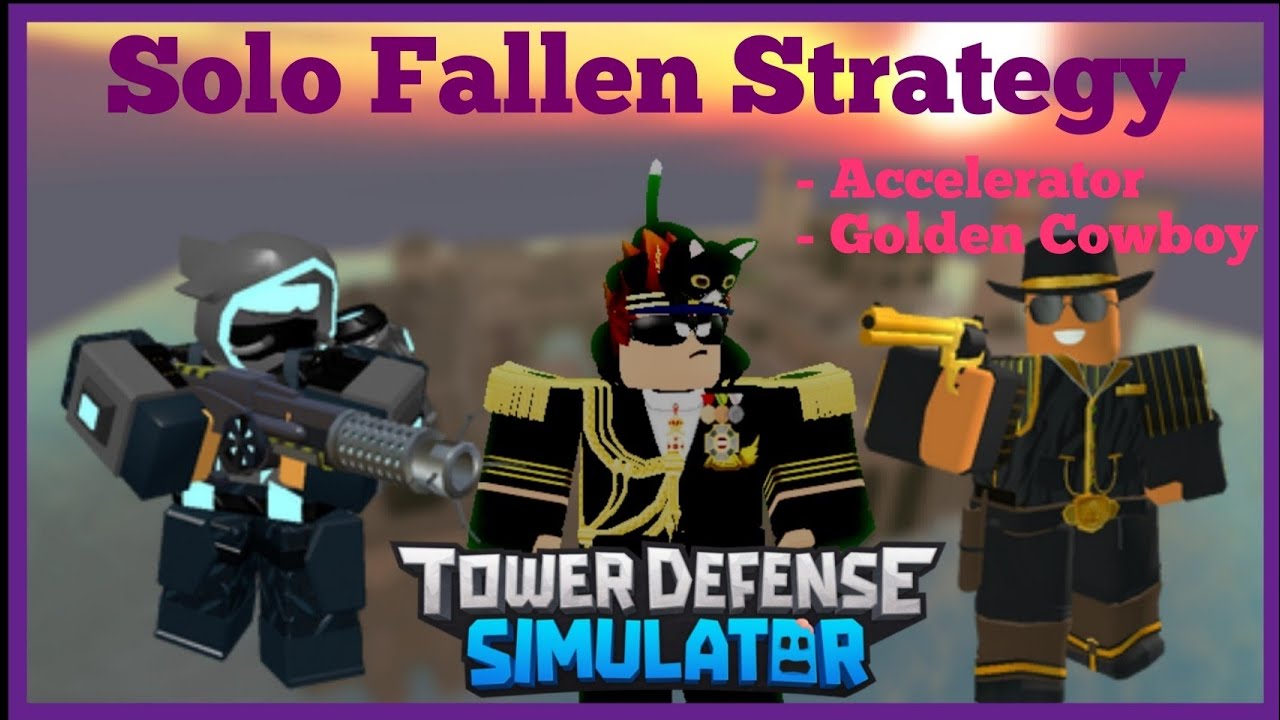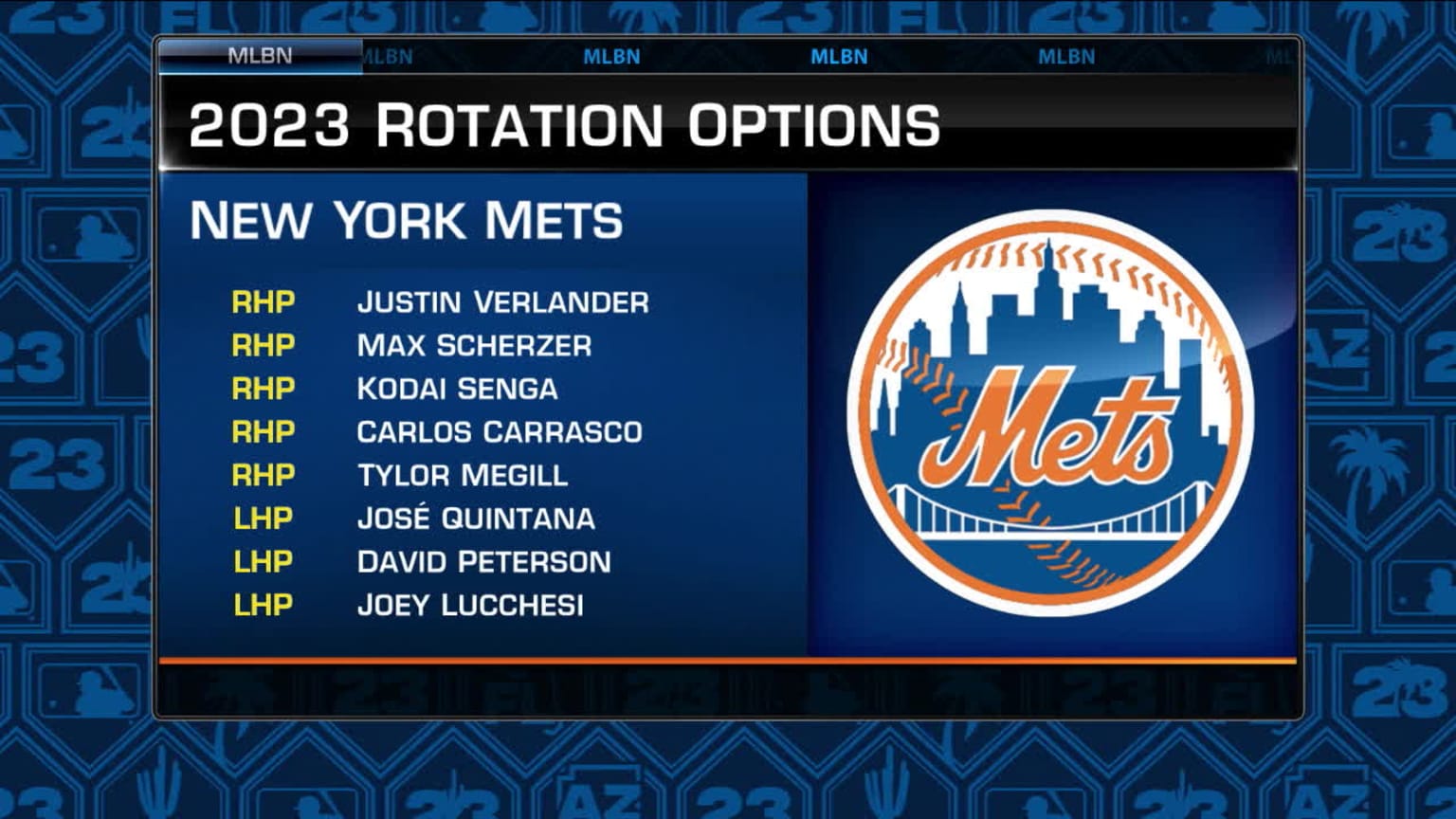SAG-AFTRA Joins WGA: Complete Hollywood Production Shutdown

Table of Contents
The Reasons Behind the Double Strike
The current Hollywood strike is a confluence of long-simmering issues that have finally reached a boiling point. Both the WGA and SAG-AFTRA have presented compelling arguments, highlighting the need for significant changes within the industry.
WGA's Key Demands
The Writers Guild of America's strike centers on several key demands stemming from the evolving landscape of the entertainment industry. Their primary concerns revolve around fair wages, residuals in the streaming era, and protections against the unchecked use of AI in writing.
- Fair Wages: The WGA argues that writers are not fairly compensated for their work, especially in the streaming era where traditional models of payment have been disrupted.
- Streaming Residuals: The shift to streaming has drastically reduced residuals for writers, impacting their long-term financial stability. The WGA seeks a fairer system that reflects the immense popularity and profitability of streaming platforms.
- AI Protections: The WGA is pushing for clear guidelines and protections against the use of AI in writing, emphasizing the importance of human creativity and authorship.
- Minimum Staffing: The guild also seeks to improve minimum staffing levels on productions to ensure fair workload distribution and prevent exploitation.
Negotiations with the Alliance of Motion Picture and Television Producers (AMPTP) failed to address these concerns adequately, leading to the strike.
SAG-AFTRA's Concerns
SAG-AFTRA's decision to join the picket line stems from similar concerns, focusing on fair wages, residuals, and the increasingly prominent role of AI in the industry, but with a specific focus on actors' unique challenges.
- Increased Minimums for Streaming: SAG-AFTRA is demanding increased minimums for work on streaming platforms to reflect the profitability and widespread viewership of this medium.
- Fair Compensation for Background Actors: The union seeks to ensure fair compensation and treatment for background actors, often overlooked in previous compensation models.
- Protection Against AI Usage: Similar to the WGA, SAG-AFTRA is concerned about the use of AI in performance capture and other areas, advocating for protections against the exploitation of actors' likenesses and work.
- Self-Tape Practices: The union is also addressing the increasing prevalence of self-tape auditions, seeking fair compensation and working conditions for actors preparing these tapes.
These demands, unmet by the AMPTP during negotiations, led to the SAG-AFTRA strike and the complete shutdown of Hollywood productions.
The AMPTP's Response
The AMPTP, representing major studios and production companies, has offered counter-proposals, but these have been deemed insufficient by both the WGA and SAG-AFTRA. The key points of contention often revolve around the definition of "fair," the specifics of residual payments in the streaming era, and the limitations and regulations regarding AI usage. The AMPTP's stance emphasizes the financial challenges facing the industry, but the unions argue these challenges shouldn't be shouldered solely by the creative workforce.
The Impact of the Complete Production Shutdown
The joint strike by the WGA and SAG-AFTRA has brought Hollywood to a complete standstill, with far-reaching consequences across the industry.
Immediate Effects
The immediate impact is devastating. Production schedules for countless films and television shows are halted, release dates are pushed back, and thousands of crew members, support staff, and local businesses reliant on the industry are facing financial hardship.
- Delayed Projects: Major film and television productions, including highly anticipated sequels and new series, are indefinitely delayed.
- Financial Losses: The economic ripple effect is significant, impacting not only production companies but also hotels, restaurants, and other businesses that thrive on the activity surrounding film and television production.
Long-Term Implications
The long-term effects of this strike could be profound and transformative for the entertainment industry.
- Creative Stagnation: The prolonged shutdown could lead to a period of creative stagnation, impacting the quantity and potentially the quality of content produced.
- Production Model Changes: The strike may accelerate the shift towards new production models, potentially impacting the traditional studio system.
- Shift in Power Dynamics: The outcome of the strike could significantly reshape the power dynamics between studios, production companies, and creative labor.
- Budget Overruns: Delays will inevitably lead to budget overruns on existing projects and a general increase in production costs.
Impact on Streaming Services
Streaming services are particularly vulnerable to the strike. Their content pipelines are disrupted, potentially leading to subscriber dissatisfaction and churn. The lack of new content could impact their growth and market share.
Potential Outcomes and Next Steps
The resolution of this unprecedented double strike remains uncertain, but several factors will play a crucial role in determining the outcome.
Negotiation Strategies
Potential strategies for resolving the strike include mediation, arbitration, or further direct negotiations between the unions and the AMPTP. The willingness of all parties to compromise will be key.
Public Support and Awareness
Public opinion and media coverage can significantly influence the outcome of negotiations. Strong public support for the unions' demands may increase pressure on the AMPTP to concede.
Predicting the Future of the Industry
This strike could catalyze significant changes in the industry, including new models for compensating writers and actors in the streaming era, and stricter regulations on AI usage. The future of the entertainment industry depends greatly on the resolution of this conflict and the subsequent actions taken by all parties involved.
Conclusion
The SAG-AFTRA strike, in conjunction with the ongoing WGA strike, represents a pivotal moment in Hollywood history. The complete shutdown of major productions highlights crucial issues surrounding fair wages, the impact of streaming, and the ethical implications of AI in the entertainment industry. The outcome of these strikes will undoubtedly reshape the future of film and television production. Staying informed about the SAG-AFTRA strike, understanding the key demands of both unions, and advocating for fair labor practices within the entertainment industry are crucial. To stay updated on the latest developments regarding the SAG-AFTRA strike and the Hollywood production shutdown, continue following reputable news sources and industry publications. Understanding the intricacies of the actors strike and the writers strike is essential to comprehending the future of entertainment.

Featured Posts
-
 Backlash Forces Canadian Regulatory Pause On Diversity And Climate Disclosures
Apr 25, 2025
Backlash Forces Canadian Regulatory Pause On Diversity And Climate Disclosures
Apr 25, 2025 -
 Cowboys Draft Insider Reveals Surprising Players To Watch
Apr 25, 2025
Cowboys Draft Insider Reveals Surprising Players To Watch
Apr 25, 2025 -
 Jack O Connell Joins The Cast Of The Godzilla X Kong Sequel
Apr 25, 2025
Jack O Connell Joins The Cast Of The Godzilla X Kong Sequel
Apr 25, 2025 -
 Harrogate Spring Flower Show Anticipates 40 000 Visitors
Apr 25, 2025
Harrogate Spring Flower Show Anticipates 40 000 Visitors
Apr 25, 2025 -
 Scale The Strat 2025 A Successful Fundraising Event For The American Lung Association
Apr 25, 2025
Scale The Strat 2025 A Successful Fundraising Event For The American Lung Association
Apr 25, 2025
Latest Posts
-
 Mets Rivals Ace A Career Defining Season
Apr 28, 2025
Mets Rivals Ace A Career Defining Season
Apr 28, 2025 -
 Unstoppable A Mets Rivals Starting Pitcher
Apr 28, 2025
Unstoppable A Mets Rivals Starting Pitcher
Apr 28, 2025 -
 Mets Biggest Rival Their Starting Pitchers Dominance
Apr 28, 2025
Mets Biggest Rival Their Starting Pitchers Dominance
Apr 28, 2025 -
 Mets Rival A Pitchers Unbeatable Season
Apr 28, 2025
Mets Rival A Pitchers Unbeatable Season
Apr 28, 2025 -
 Mets Rotation Battle Significant Change Elevates One Starter
Apr 28, 2025
Mets Rotation Battle Significant Change Elevates One Starter
Apr 28, 2025
